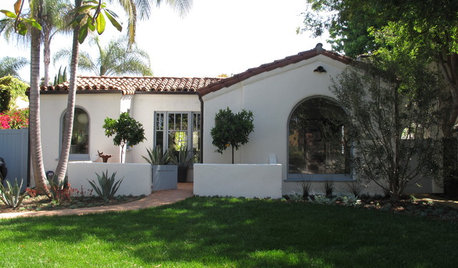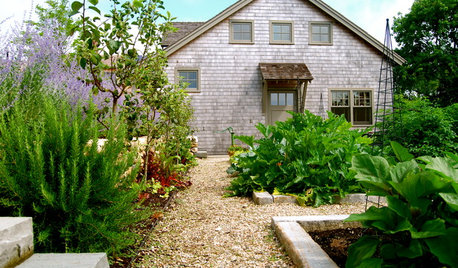What type of tiller is best to use on clay dirt
hdeleon
17 years ago
Featured Answer
Comments (21)
Heathen1
17 years agolast modified: 9 years agogenghis_bunny
17 years agolast modified: 9 years agoRelated Professionals
Baltimore Landscape Architects & Landscape Designers · Belmont Landscape Architects & Landscape Designers · Eden Prairie Landscape Architects & Landscape Designers · Mount Wilson Landscape Architects & Landscape Designers · Aloha Landscape Contractors · Dinuba Landscape Contractors · Hicksville Landscape Contractors · Hurricane Landscape Contractors · Mastic Beach Landscape Contractors · Plantation Landscape Contractors · St. Louis Landscape Contractors · Merrifield Landscape Contractors · Cypress Swimming Pool Builders · Hacienda Heights Window Contractors · Mount Kisco Window Contractorscalistoga_al ca 15 usda 9
17 years agolast modified: 9 years agoHeathen1
17 years agolast modified: 9 years agofruithack
17 years agolast modified: 9 years agosudsmaster
17 years agolast modified: 9 years agobug_girl
17 years agolast modified: 9 years agoimrainey
17 years agolast modified: 9 years agosurroundmewithgreen
16 years agolast modified: 9 years agocalistoga_al ca 15 usda 9
16 years agolast modified: 9 years agosputnikfarm
16 years agolast modified: 9 years agohuachuma
16 years agolast modified: 9 years agofruithack
16 years agolast modified: 9 years agolilydude
16 years agolast modified: 9 years agosoftmentor
16 years agolast modified: 9 years agomaximum
16 years agolast modified: 9 years agohosenemesis
16 years agolast modified: 9 years agohanknsuzi
15 years agolast modified: 9 years agocalifornian
15 years agolast modified: 9 years agowilbilt
15 years agolast modified: 9 years ago
Related Stories

GARDENING GUIDESGardening Solutions for Heavy Clay Soils
What’s a gardener to do with soil that’s easily compacted and has poor drainage? Find out here
Full Story
GARDENING GUIDESGet the Dirt on Your Garden’s Soil
Understand how your soil supports your plants so you can ensure your garden’s success
Full Story
CONTAINER GARDENSContainer Gardening Basics: The Dirt on Soil
Learn the types of potting soil available and the best mixes to help your containers thrive
Full Story
GARDENING GUIDESHow to Stop Worrying and Start Loving Clay Soil
Clay has many more benefits than you might imagine
Full Story
GARDENING GUIDES6 Native Ground Covers for Tough, Dry Spots
Sun beating down on your sandy gravel? Thick shade darkening your clay soil? There’s a ground cover here for you
Full Story
ORANGEColor Guide: How to Work With Red Ocher
Ancient, passionate and warm, red ocher is one of the most elemental colors on earth
Full Story
GARDENING GUIDESThe Poop Scoop: Enrich Your Soil With Good Old Manure
Get over the ick factor already — this natural super-ingredient for soil has so many benefits, you'll wonder why you ever went chemical
Full Story
GARDENING GUIDESNew Ways to Think About All That Mulch in the Garden
Before you go making a mountain out of a mulch hill, learn the facts about what your plants and soil really want
Full Story
ARCHITECTURERoots of Style: Many Cultures Make Their Marks on Mediterranean Design
If you live in California, Florida or certain other parts of the U.S., your architecture may show distinct cultural influences
Full Story
GARDENING GUIDESThe Simple Secret to Gardening Success
Learn the kinds of soil and a DIY type test to make sure you’re putting the right plant in the right place
Full StorySponsored
Central Ohio's Trusted Home Remodeler Specializing in Kitchens & Baths
More Discussions







slave2thefur